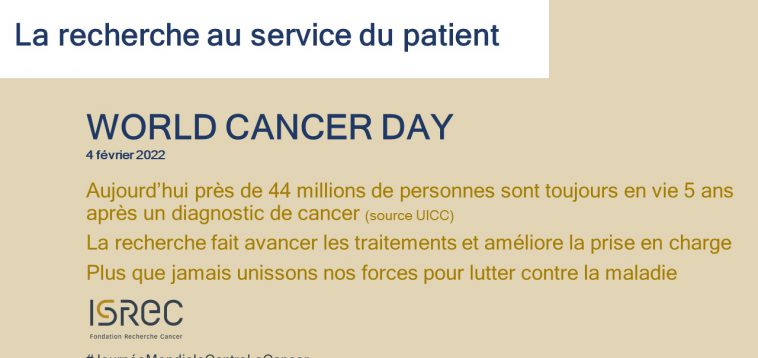Congratulations to Prof. Susan M. Gasser and her research groups at the Friedrich Miescher Institute on their publication in the prestigious journal Nature
Insights into a H3K9 histone methyltransferase: structure trumps function!
How important is the spatial compartmentation of chromatin? In the latest paper from the Gasser lab, the focus- or agglomerate-forming activity of an enzyme that modifies histones, the protein that binds DNA to make chromosomes (SETDB1 or, in C. elegans, MET-2), is shown to promote transcriptional repression in the absence of its histone methylation activity. About 25% of the genes silenced by heterochromatin stay repressed as long as the catalytically dead MET-2 complex is able to form subnuclear agglomerates or foci. It does not silence the genes when foci are dispersed. This argues that the long-range condensation of chromatin into foci helps repress genes that must be turned off to maintain cell identity and integrity. Loss of this segregation often occurs when cells are reprogrammed or during oncogenesis. Work done at the FMI in Basel.


